Minimising endemic diseases on livestock farms can make an important contribution to lowering greenhouse gas emissions, and will also improve the image of the sector and increase consumer confidence in our products, a leading veterinary researcher has claimed.
Giving a presentation to the Animal Health and Welfare NI (AHWNI) conference in Templepatrick last Wednesday, Dr Inge Santman-Berends from Dutch veterinary research company Royal GD, highlighted their experience with disease control programmes.
With an intensive livestock sector closely intertwined with a population of 17m people, she said Dutch farmers effectively need a licence to produce. “We demand healthy milk from healthy cows,” suggested Dr Santman-Berends.
Since the early 1990s the industry in the Netherlands has come forward with voluntary programmes to control various production diseases including BVD, IBR, Johne’s Disease, Leptospirosis and Salmonella. They all remain voluntary, but over the years, dairy companies have taken a lead and now require suppliers to participate if they want to continue to send milk.
“The programmes are not mandatory for sucklers, and that gives an extra risk for dairy herds. If you are doing something in disease control, do it all together, not just in one sector,” she advised.
However, she also acknowledged that it is often easier for a dairy farmer to take part in a programme as various diseases can be monitored using bulk milk samples.
But if something is relatively easy to do, there can then be a reluctance to undertake more invasive measures to get rid of a disease.
An example of that is the Dutch BVD programme, which Dr Santman-Berends accepts has become “too complex”, with four different routes to achieve BVD-free status, including just blood sampling a batch of five calves, twice per year.
“You can also do ear notching (as in Ireland). We proposed it, but it is not the most popular. Four-hundred dairy herds per year have a new re-introduction of BVD, which is still quite something,” she said.
Lepto and IBR
Other programmes have been very successful, with almost 100% of Dutch herds free of Lepto, and very few issues found with IBR.
On Johne’s Disease, she said the Dutch scheme is complicated, and assigns three different statuses to herds (A to C). The Status A herd is test negative for Johne’s, a Status B herd has identified positive cases and these have been culled, while a Status C herd is yet to cull test positive animals.
“If you don’t cull positives, and remain at Status C for a long time, you can’t send milk. The percentage with high health status is quite stable, but we are not getting rid of it quickly,” said Dr Santman-Berends.
Indirect benefit
Despite the challenges, many dairy farmers do see clear benefits in all the schemes, and with less disease circulating, there is an indirect impact across all cattle farms.
“There is a side effect – the prevalence of disease in non-dairy is going down, even though there is less participation. That applies especially with Lepto,” she said.
Methane
Also speaking at the AHWNI event, Dr Philip Skuce from the Moredun Institute in Edinburgh outlined the results of a report on opportunities to cut methane emissions from the cattle and sheep sector. That work shows that improving animal health and welfare on farms can cut emissions by 10%.
Read more
DAERA to legislate on BVD herds
Plan for improved animal health
Minimising endemic diseases on livestock farms can make an important contribution to lowering greenhouse gas emissions, and will also improve the image of the sector and increase consumer confidence in our products, a leading veterinary researcher has claimed.
Giving a presentation to the Animal Health and Welfare NI (AHWNI) conference in Templepatrick last Wednesday, Dr Inge Santman-Berends from Dutch veterinary research company Royal GD, highlighted their experience with disease control programmes.
With an intensive livestock sector closely intertwined with a population of 17m people, she said Dutch farmers effectively need a licence to produce. “We demand healthy milk from healthy cows,” suggested Dr Santman-Berends.
Since the early 1990s the industry in the Netherlands has come forward with voluntary programmes to control various production diseases including BVD, IBR, Johne’s Disease, Leptospirosis and Salmonella. They all remain voluntary, but over the years, dairy companies have taken a lead and now require suppliers to participate if they want to continue to send milk.
“The programmes are not mandatory for sucklers, and that gives an extra risk for dairy herds. If you are doing something in disease control, do it all together, not just in one sector,” she advised.
However, she also acknowledged that it is often easier for a dairy farmer to take part in a programme as various diseases can be monitored using bulk milk samples.
But if something is relatively easy to do, there can then be a reluctance to undertake more invasive measures to get rid of a disease.
An example of that is the Dutch BVD programme, which Dr Santman-Berends accepts has become “too complex”, with four different routes to achieve BVD-free status, including just blood sampling a batch of five calves, twice per year.
“You can also do ear notching (as in Ireland). We proposed it, but it is not the most popular. Four-hundred dairy herds per year have a new re-introduction of BVD, which is still quite something,” she said.
Lepto and IBR
Other programmes have been very successful, with almost 100% of Dutch herds free of Lepto, and very few issues found with IBR.
On Johne’s Disease, she said the Dutch scheme is complicated, and assigns three different statuses to herds (A to C). The Status A herd is test negative for Johne’s, a Status B herd has identified positive cases and these have been culled, while a Status C herd is yet to cull test positive animals.
“If you don’t cull positives, and remain at Status C for a long time, you can’t send milk. The percentage with high health status is quite stable, but we are not getting rid of it quickly,” said Dr Santman-Berends.
Indirect benefit
Despite the challenges, many dairy farmers do see clear benefits in all the schemes, and with less disease circulating, there is an indirect impact across all cattle farms.
“There is a side effect – the prevalence of disease in non-dairy is going down, even though there is less participation. That applies especially with Lepto,” she said.
Methane
Also speaking at the AHWNI event, Dr Philip Skuce from the Moredun Institute in Edinburgh outlined the results of a report on opportunities to cut methane emissions from the cattle and sheep sector. That work shows that improving animal health and welfare on farms can cut emissions by 10%.
Read more
DAERA to legislate on BVD herds
Plan for improved animal health



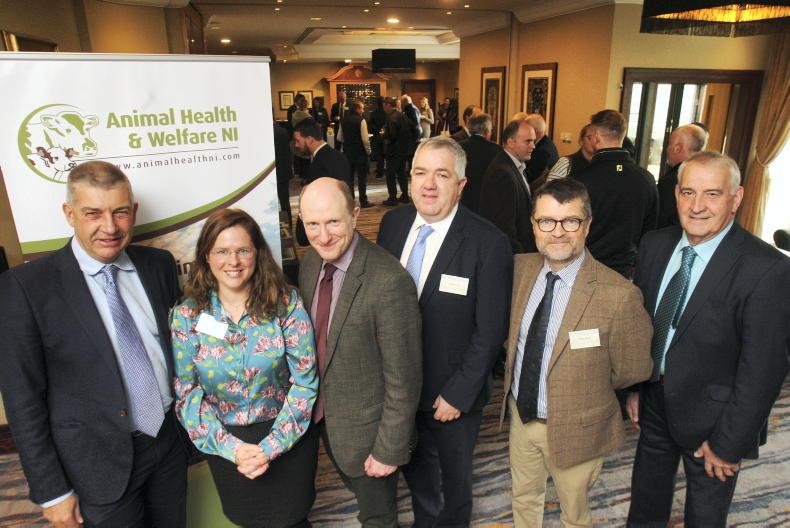

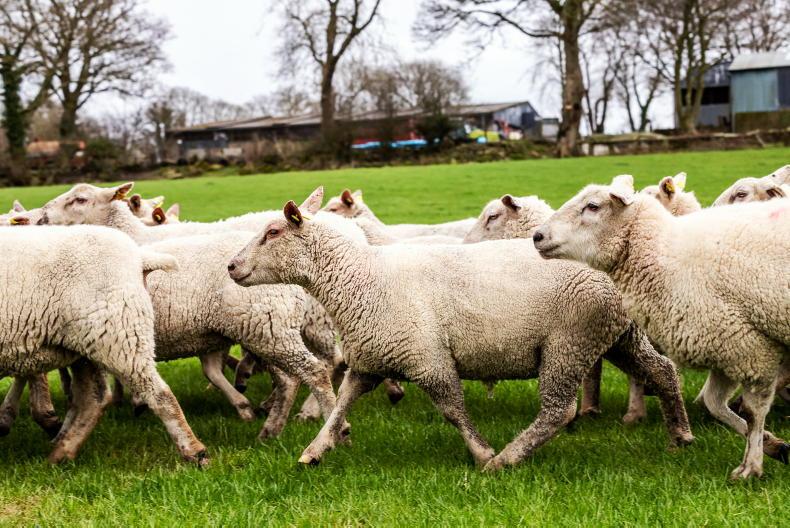
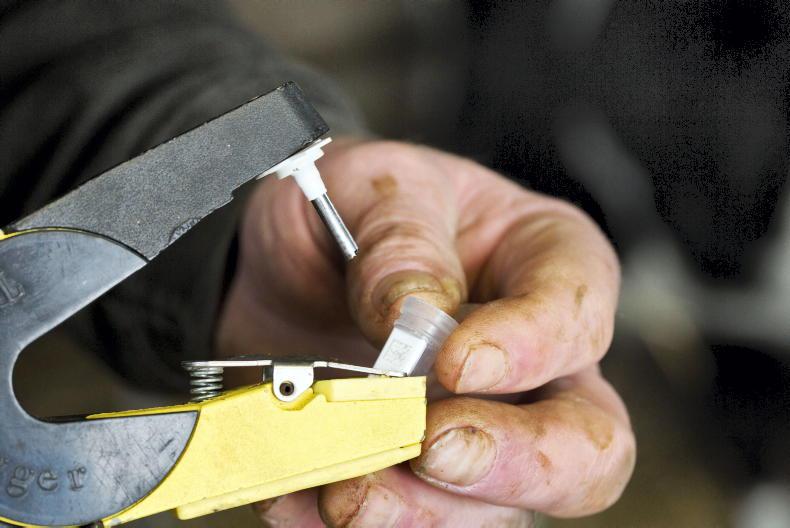
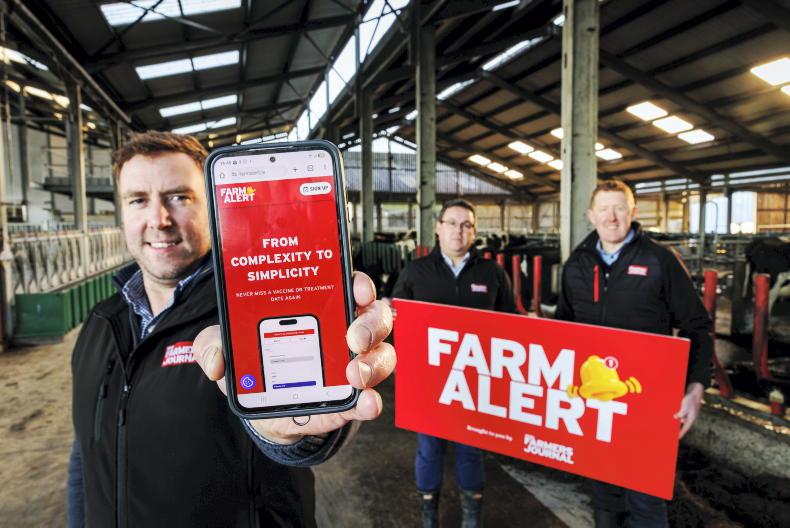
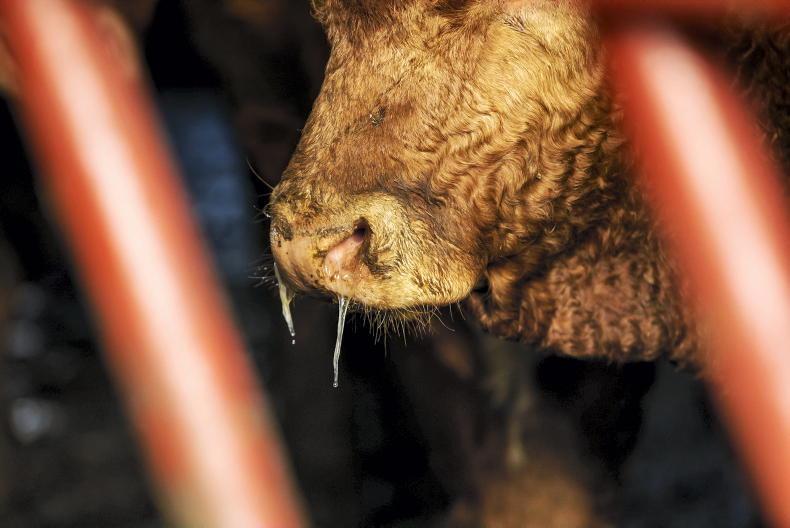
SHARING OPTIONS